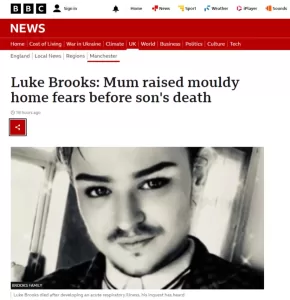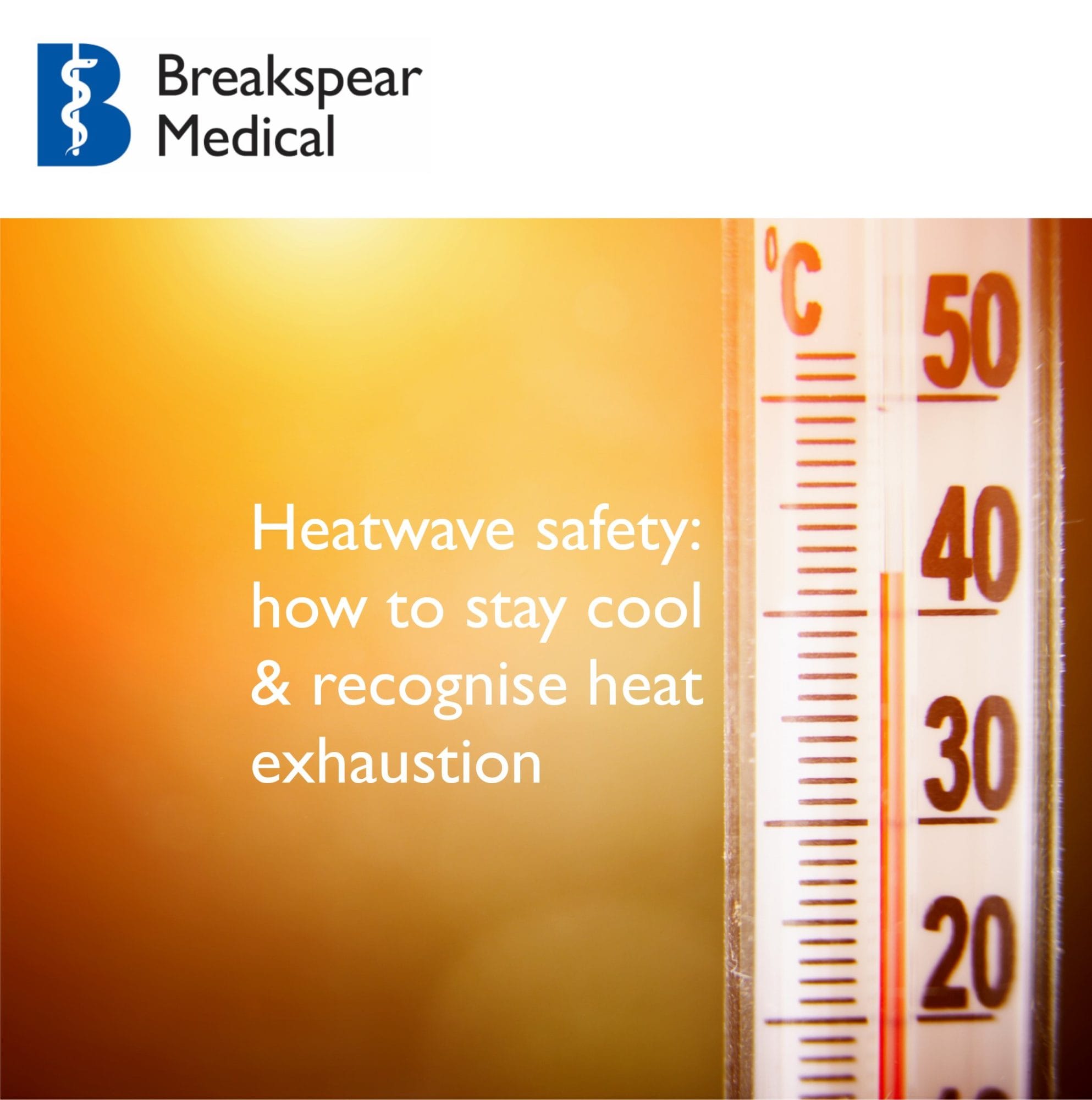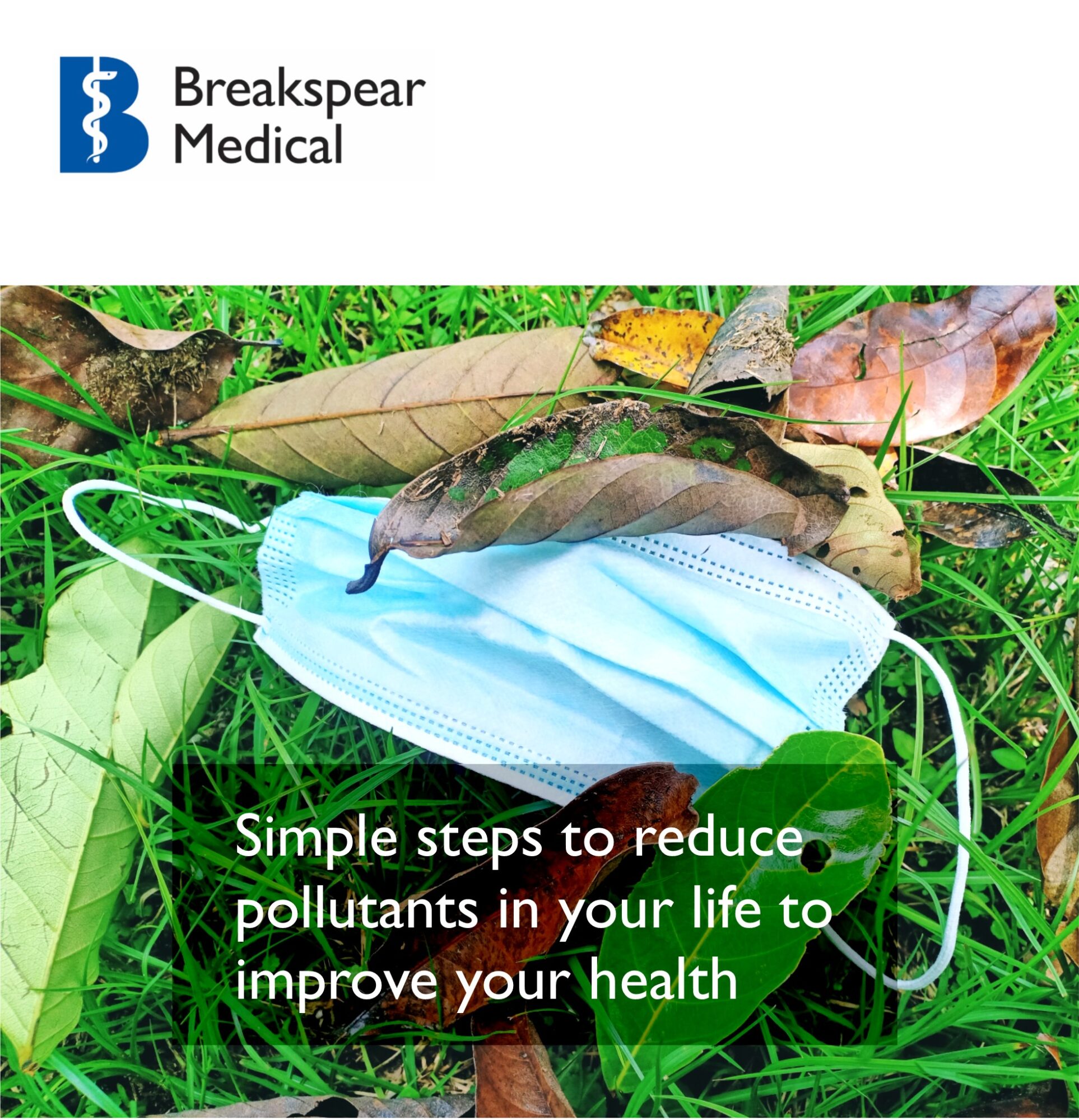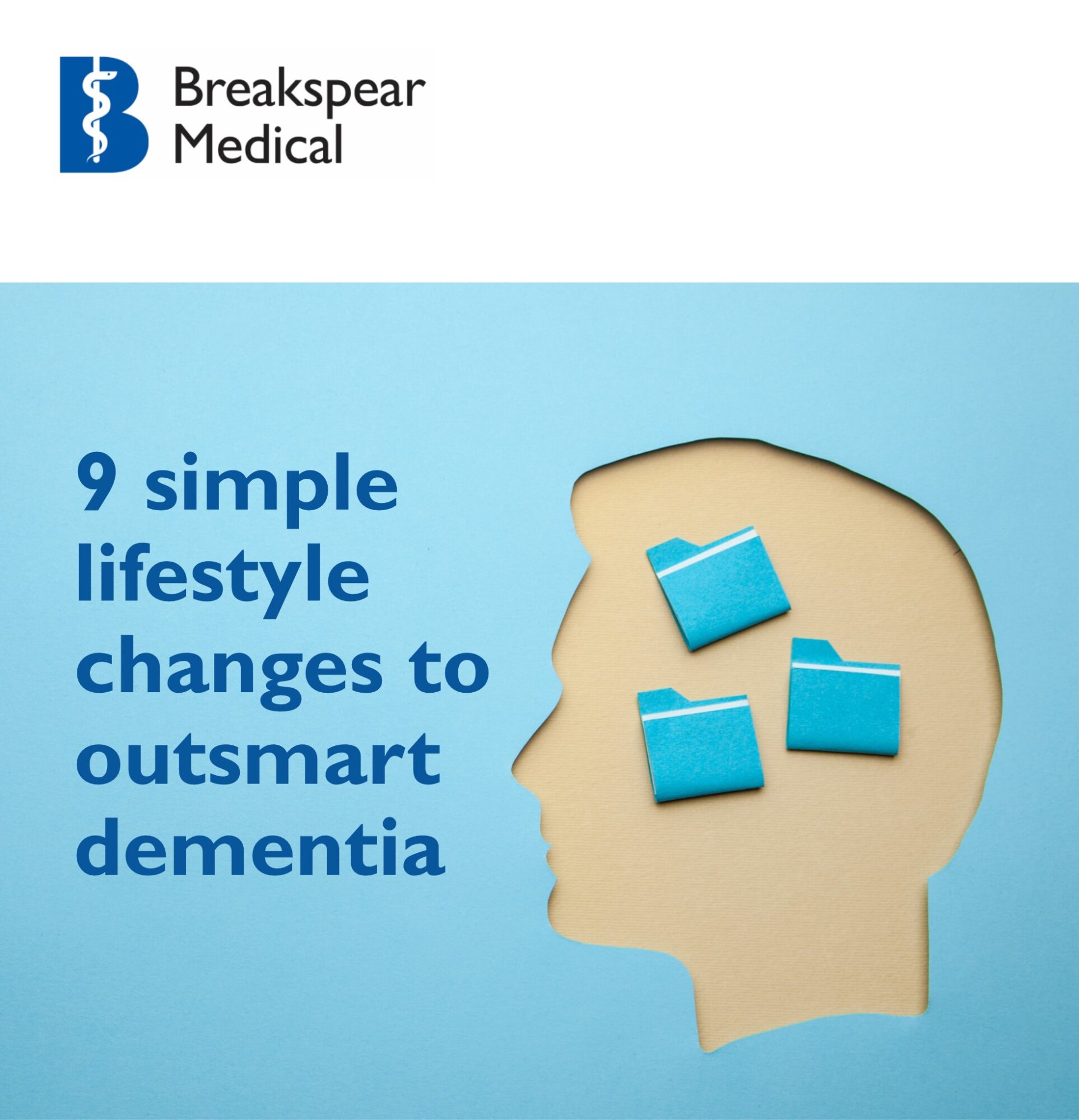When temperatures soar, your body works overtime to keep you cool, however, sometimes it needs…
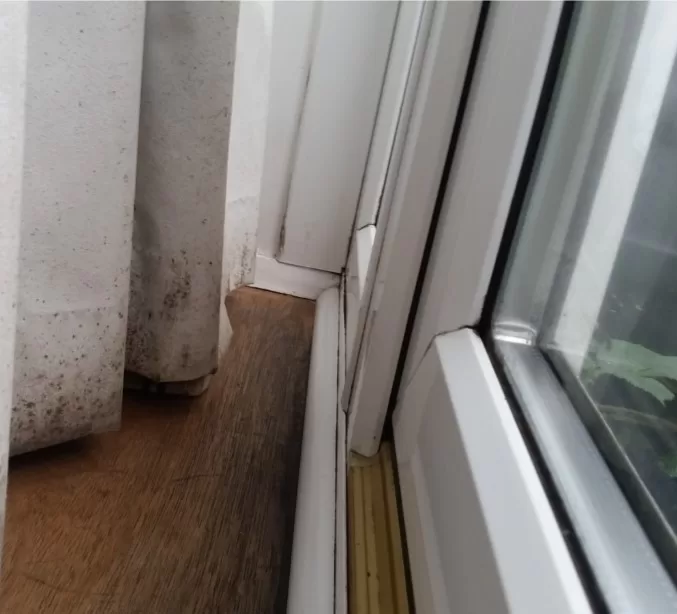
Getting treatment after exposure to moulds & mycotoxins
Moulds are fungi; mycotoxins are toxic compounds that are naturally produced by certain types of moulds.
Are moulds & mycotoxins harmful?
Fungi and moulds have been on earth for approximately 3 billion years and most of them are harmless. However, given particular environmental conditions, they can produce spores which contain mycotoxins. Mycotoxins are excreted from moulds in order to enable the substrate that they are on to be made available for absorption by the mould, and also the mycotoxins are present in the exudate to kill the bacteria which are competitive in using that food source. Mycotoxins are therefore designed to be protective of the moulds’ food source.
We are all exposed to harmful moulds
Allergies are the most common responses to fungal spores, particularly affecting the respiratory tract.
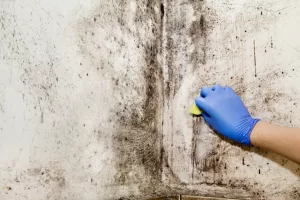 It is said that there are 1.5 million species of fungi; more than 1000 species affect buildings where there is some dampness or condensation. Toxic mould is said to affect well over 3 million homes in the UK. Statistically, we often spend 80-90% of our time indoors. There may be larger numbers of organisms in the indoor environment than outdoors.
It is said that there are 1.5 million species of fungi; more than 1000 species affect buildings where there is some dampness or condensation. Toxic mould is said to affect well over 3 million homes in the UK. Statistically, we often spend 80-90% of our time indoors. There may be larger numbers of organisms in the indoor environment than outdoors.
Some types of harmful moulds and mycotoxins occur in foods, such as nuts, cereals and rice, particularly when there is high humidity and warm temperatures.
Who is at risk?
Toxin-containing spores will act as carriers of airborne mycotoxins in mouldy environments; they can be toxic or allergenic. Some fungi can infect immuno-compromised people with chronic infections or cancer, also people with uncontrolled diabetes. People with chronic fatigue/ME, fibromyalgia and food and chemical sensitivities may have been exposed at home or work to harmful moulds.
Symptoms can include:
- respiratory problems
- fatigue
- neurocognitive symptoms
- myalgia
- arthralgia
- headache
- insomnia
- dizziness
- anxiety
- depression
- irritability
- gastrointestinal problems
- tremors
- balance disturbance
- palpitations
- vasculitis (inflammation of the blood vessels)
- angioedema (the swelling of the deeper layers of the skin, caused by a build-up of fluid)
- autonomic nervous system dysfunction
- chemical sensitivity
How to deal with exposure
It would be difficult to know whether mould/mycotoxins were the cause of one’s illness, unless there was a particular event that started the symptoms. Our Clinical Team has many years of experience in Environmental Medicine and may initiate some pathology investigations, if mould/mycotoxins are the suspected cause of ill health. These tests may include testing for IgE antibodies to moulds, which indicate allergic sensitivity, and/or IgM (early antibodies) or IgA (mucosal) antibodies against different fungal antigens.

Identification of food allergies and avoidance of problematic foods has been shown to be beneficial. At Breakspear Medical, we offer a variety of allergy tests and LDI testing and treatment of allergies/sensitivities.
A key modality of treatment includes avoidance and total load reduction. This may include some lifestyle changes and household decontamination. In addition to avoidance of further exposure to contaminated items, decreased exposure to other chemicals xenobiotic including pesticides, heavy metals, volatile organic compounds and fragrances should be employed as well as reducing exposure to vinyl chloride, plastics, perflourinates and non-stick cookware and other toxins in an effort to reduce total load and improve the ability to detox from the exposure of a water damaged environment.
Glutathione deficiency is common in patients exposed to water damaged buildings and severe mitochondrial degeneration may have occurred. It can be administered intravenously or nebulized, used transdermally or orally. It can be used trans-nasally. Antioxidants and nutritional agents, in addition to glutathione, vitamin D, magnesium, zinc, Co-Q10 and B vitamins have been found to be deficient in people with mycotoxic induced illness. Korean ginseng or a combination of whey protein concentrate and Korean ginseng has been helpful for aflatoxin toxicity.
A study of 28 persons exposed to mould and mycotoxins included treatment with exercise, physical therapy, sauna as well as IV antioxidants, oxygen therapy and immunotherapy, found improvement in all patients with 27 of the 28 returning to work. At Breakspear Medical, we can offer sauna or IRATHERM® hyperthermia treatments.
If you believe that you may be suffering from exposure to moulds/mycotoxins or you have unexplained symptoms and would like a professional opinion on what you may wish to investigate, make an appointment to see a member of our Clinical Team.

